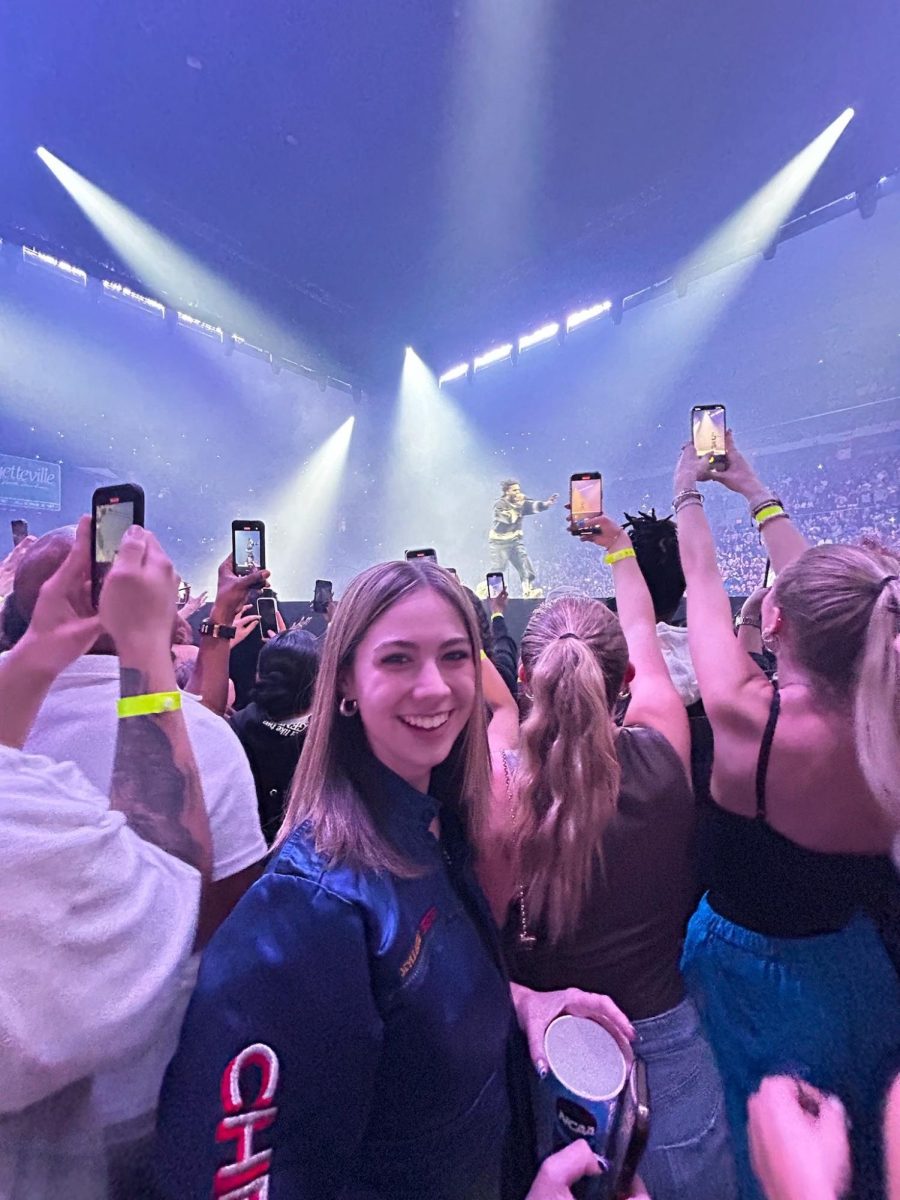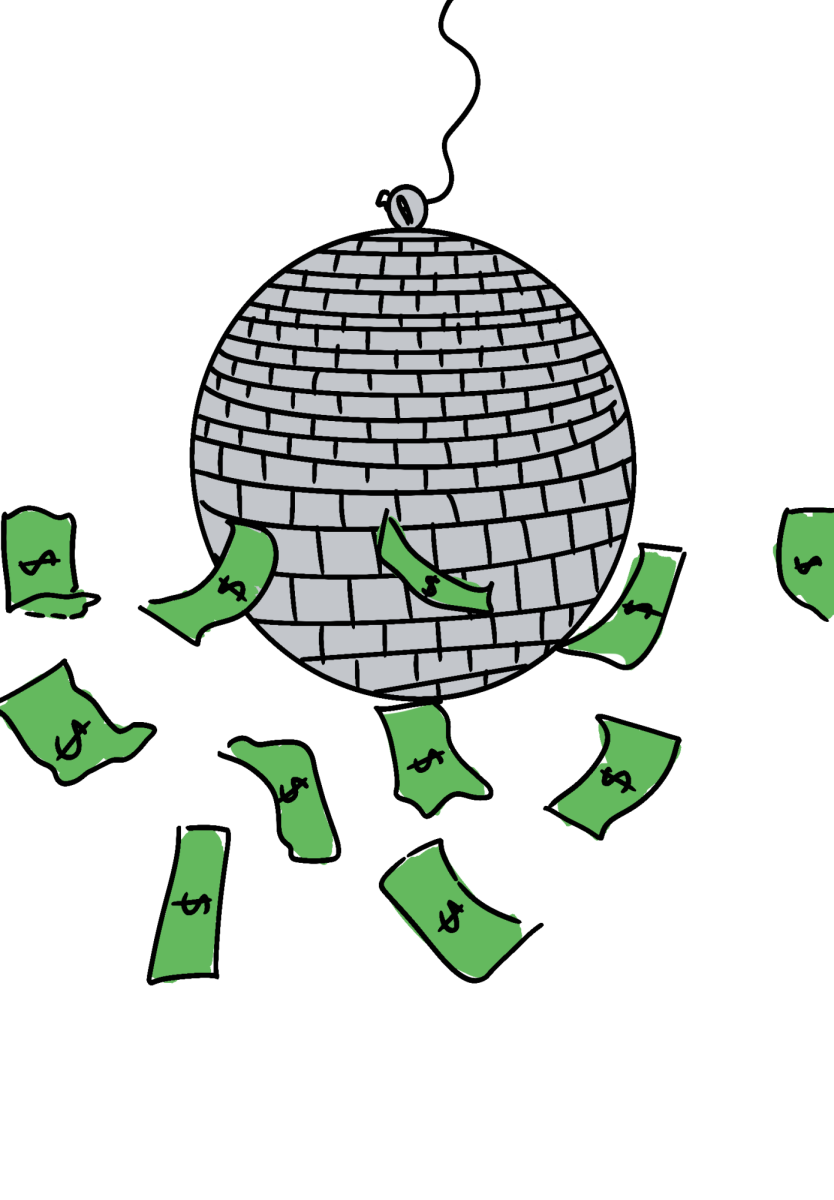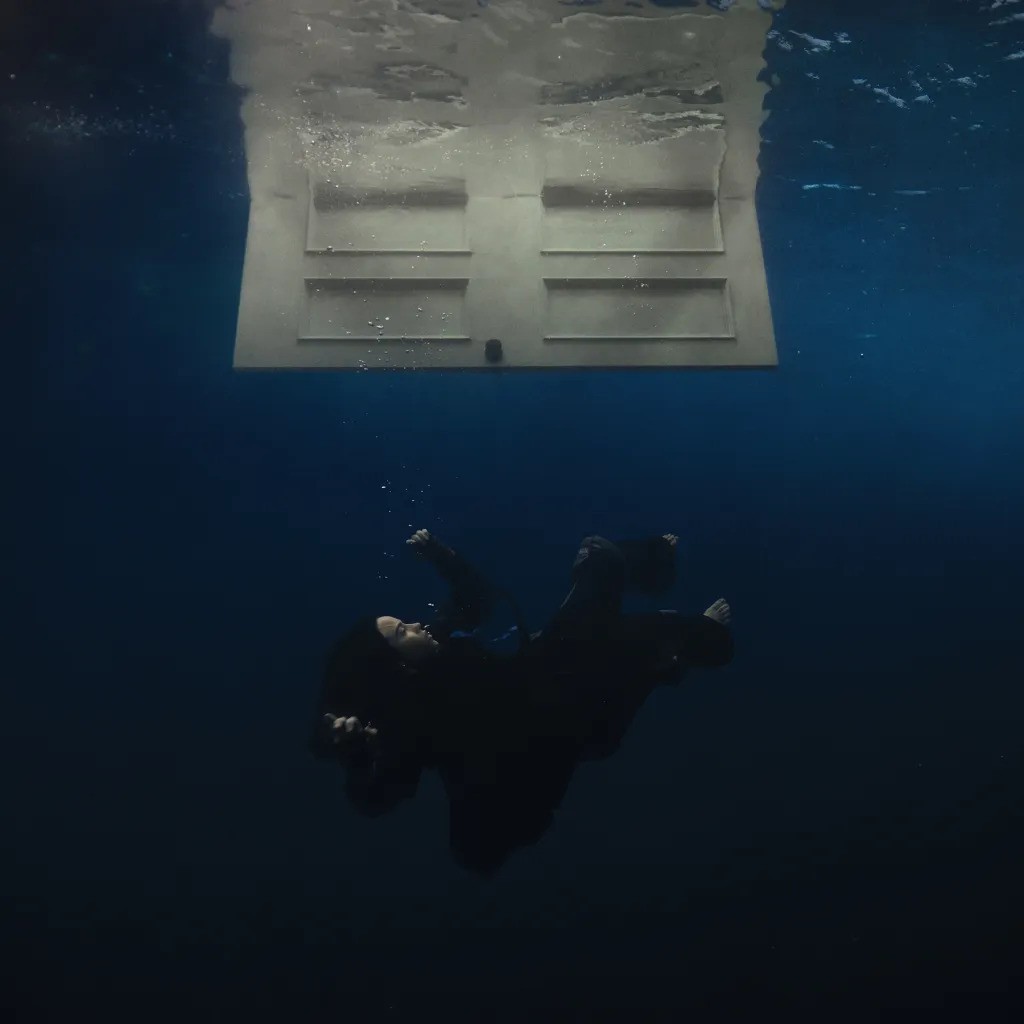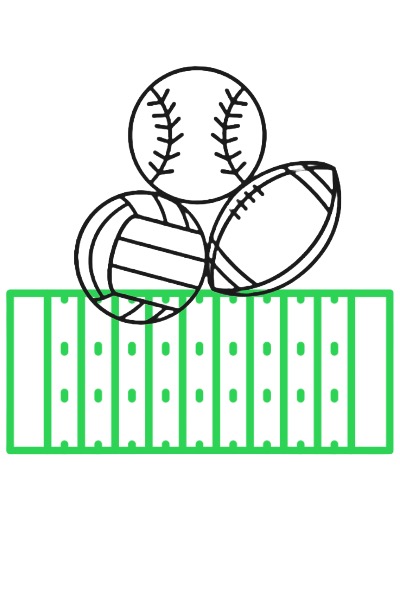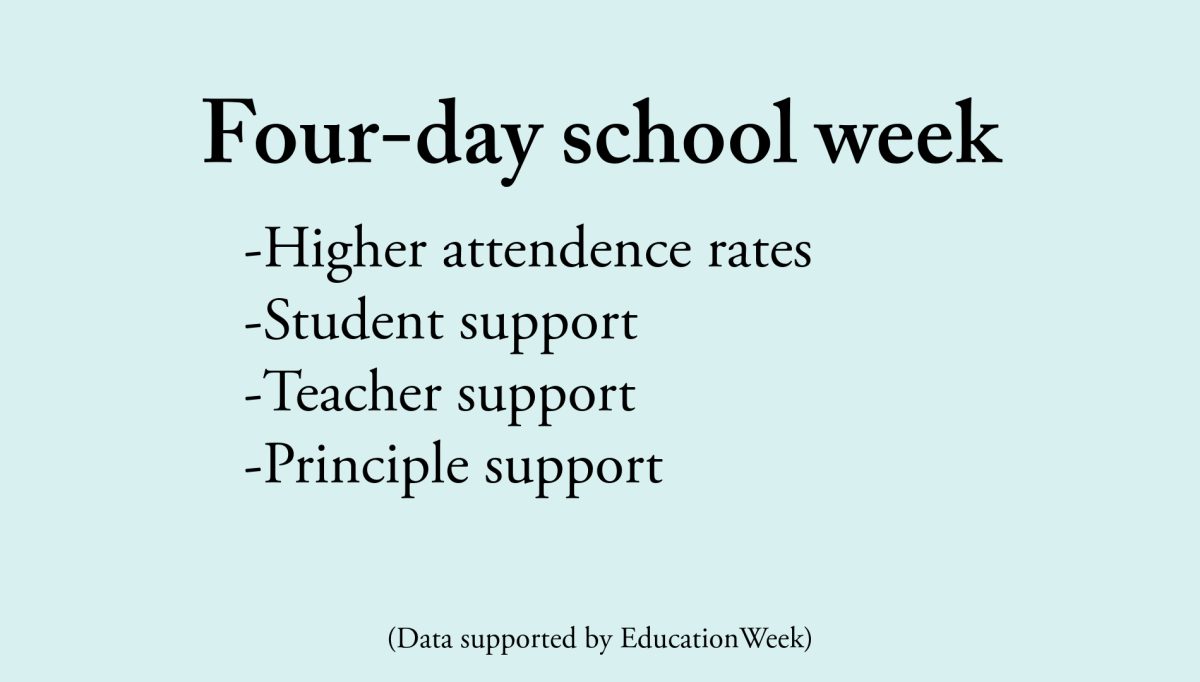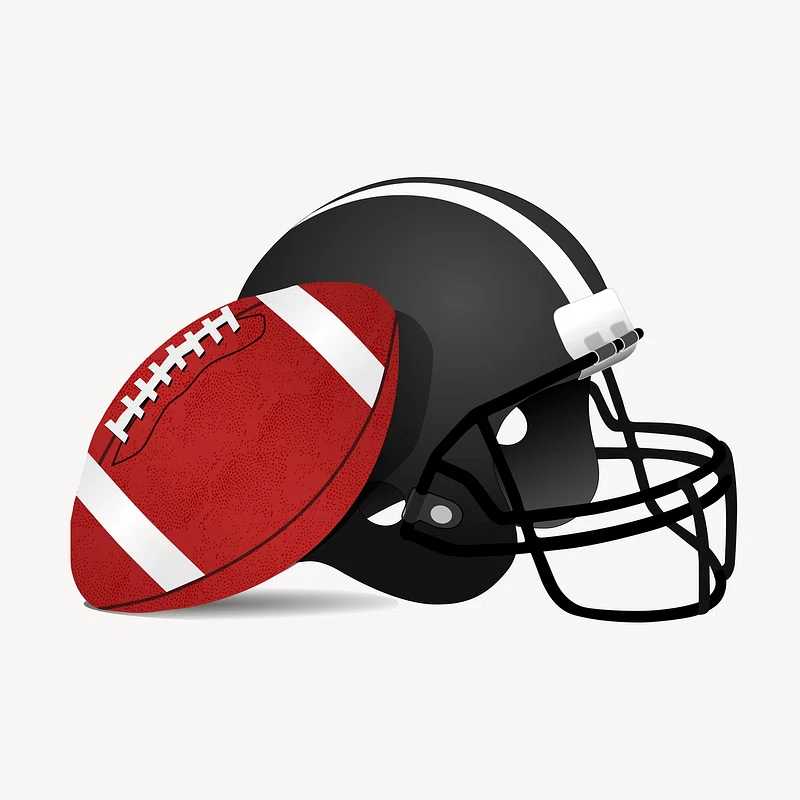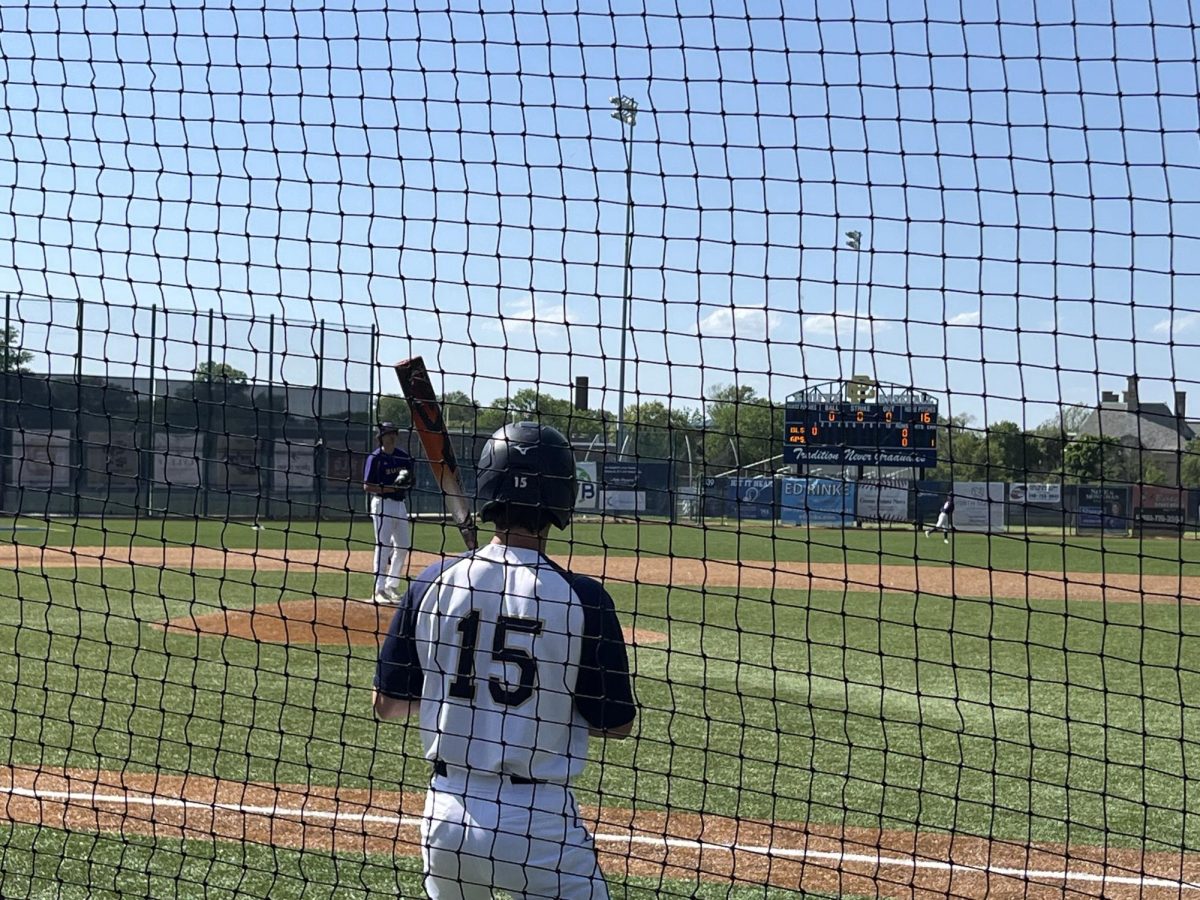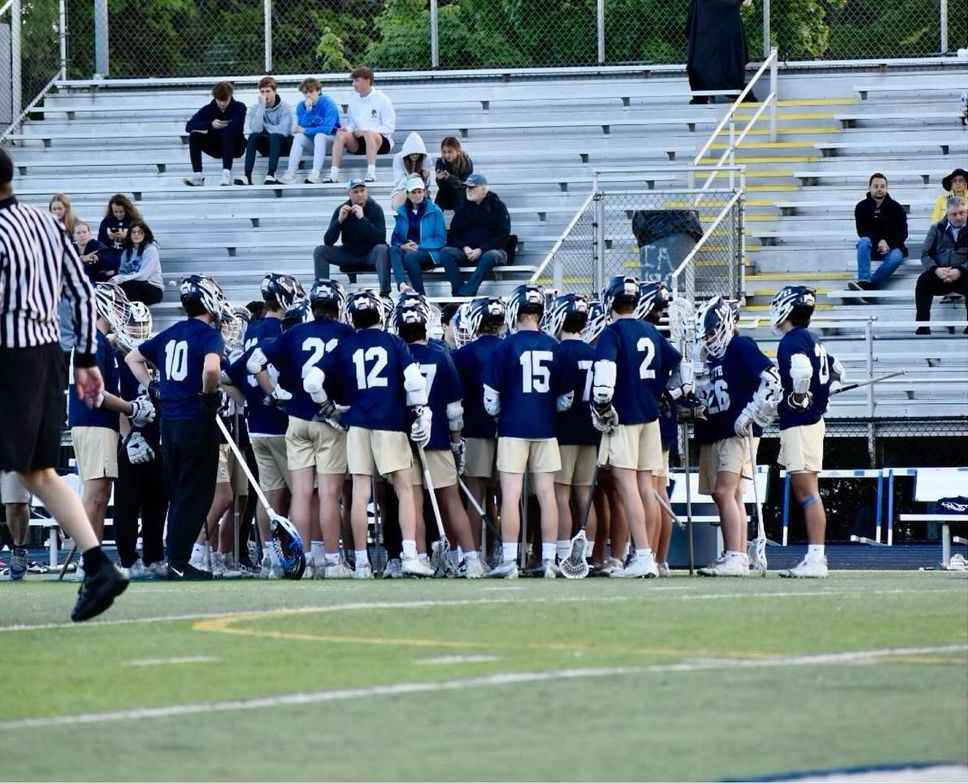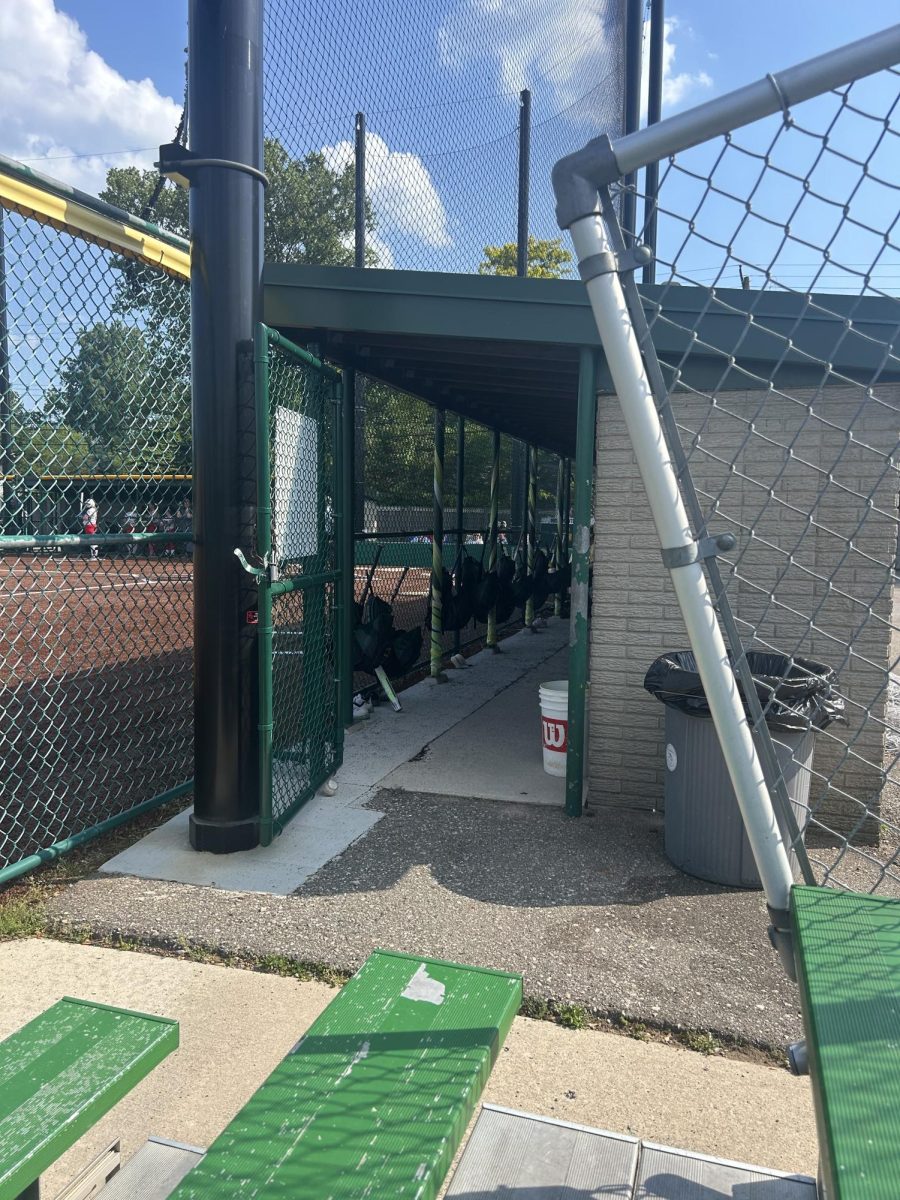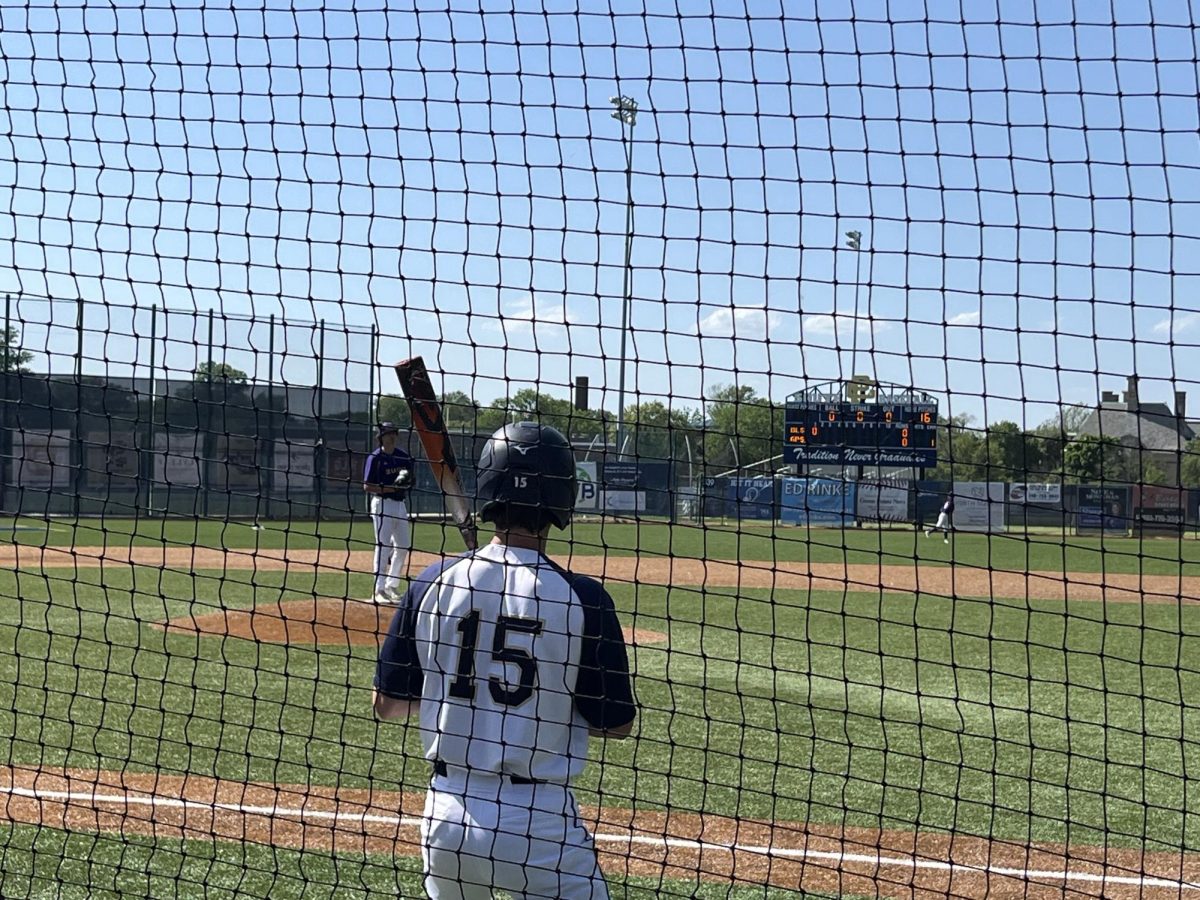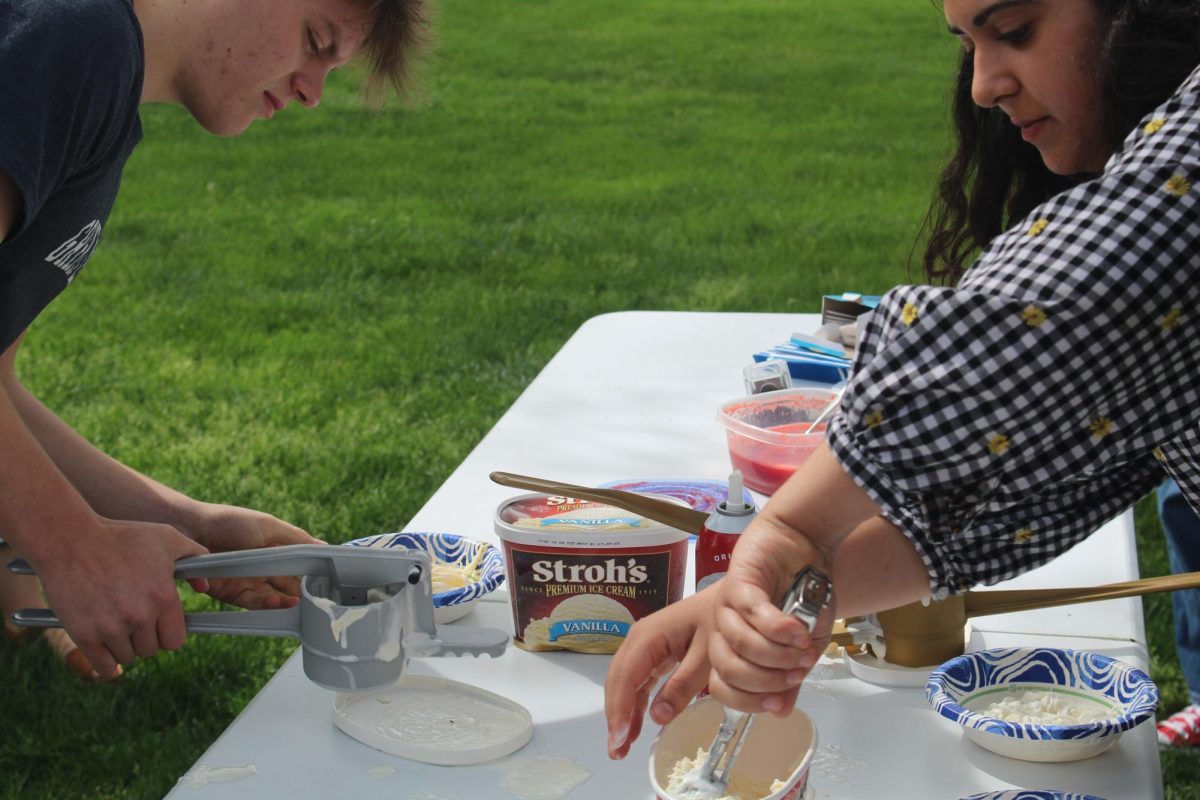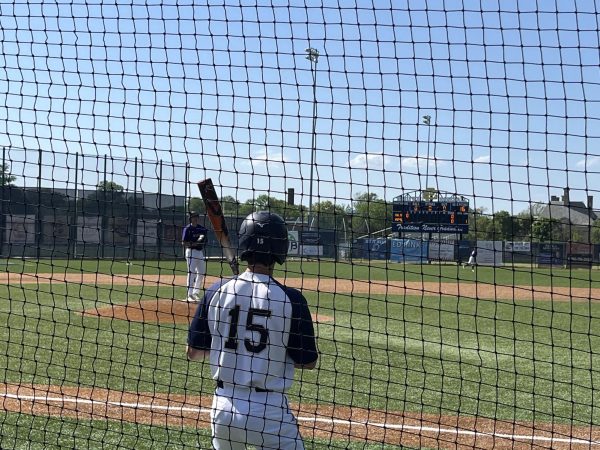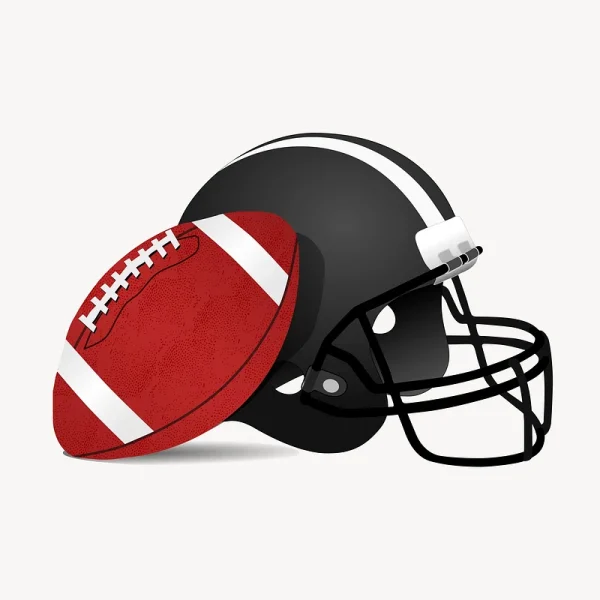Costs cut into sports equity
December 16, 2021
Most students have played sport at some point in their life. With such a wide variety of sports and leagues available to kids at all ages its something that kids will do at some point in their life. Many of the student athletes at south have been participating in their sport far before their time in high school. While this dedication is amazing, it, as all things do, comes with a cost.
From private lessons, field rentals, the latest and greatest equipment the bill can add up quick for a lot of families. Not only is there a high price tag but also pressure on the athletes to have the highest quality gear to hopefully raise their game to the next level.
According to Cedar Rihani, an employee at Xenith, A company that manufactures sports equipment, although the cost for many sports is high, students need to take into consideration the other expenses the school itself must endure to run the sport.
“High school sports are certainly expensive as programs try to keep up to date with the highest caliber equipment and facilities they can afford. Rihani said. “On top of that, insurance, officials, and travel costs, are on the rise.”
Although there are many costs, Rihani still believes that schools have a resposiblitiy of maintaining a minimum and acceptable standard for the equipment they provide their athletes. He also believes that it is more likely for an athlete to have success with the best equipment.
“High performing, properly fit equipment allows you to avoid the distractions and perform at your best,” Rihani said. “Having the best equipment doesn’t make you a better player, but it does allow you to play to the best of your ability.
Rihani says he believes the most expensive sports are hockey and football based on how much basic equipment costs.
“The cost for parents likely changes based on the amount of additional equipment a parent wishes to purchase on their own,” Rihani said. “At the low end you are paying for playing fees and on the higher end you are paying for equipment far beyond what the program would provide.”
According to Blake Discher ’22, he easily spends over $5000 a year on tennis expenses.
“It depends on how much you pay for lessons and court time and racquets and shoes and you need to keep buying shoes and racquets the more you play or you won’t be able to play the sport,” Discher said. “I have yet to see a top tennis player in high school or any where that doesn’t have top gear or at least up-to-date gear.”
Olivia Livingstone ‘22 says that there is pressure that if she doesn’t have the best equipment that is endorsed by the pros, she might not perform the best.
“I spend around $3000 per year on sports, it goes toward things like ice bills, equipment, coaches and other expenses,” Livingstone said.” Although better gear helps, skill is still a large part of what makes an athlete great.”
According to Livingstone the more expensive gear does have an advantage. She says the more expensive gear tends to last longer and that it does help her in competitions. Many times the technology is better and the quality is higher in the higher end equipment.
‘“If you think about it, some of the best professional hockey players, like Gordie Howe used to play with all wooden sticks, full leather gloves, and skates that felt like bricks on your feet and he is still the best player to ever play the game,” Livingstone said,” It doesn’t matter the equipment, all the skill that the player utilizes is ultimately what makes you a better player.”













